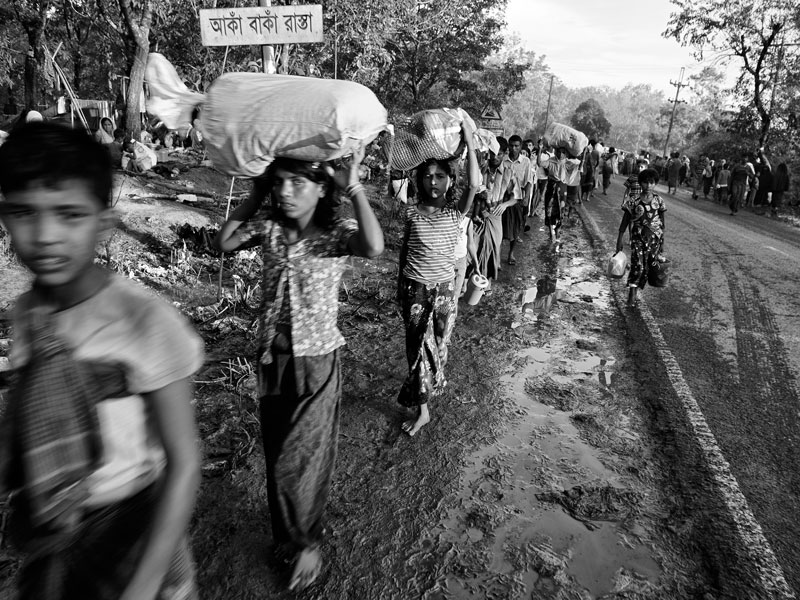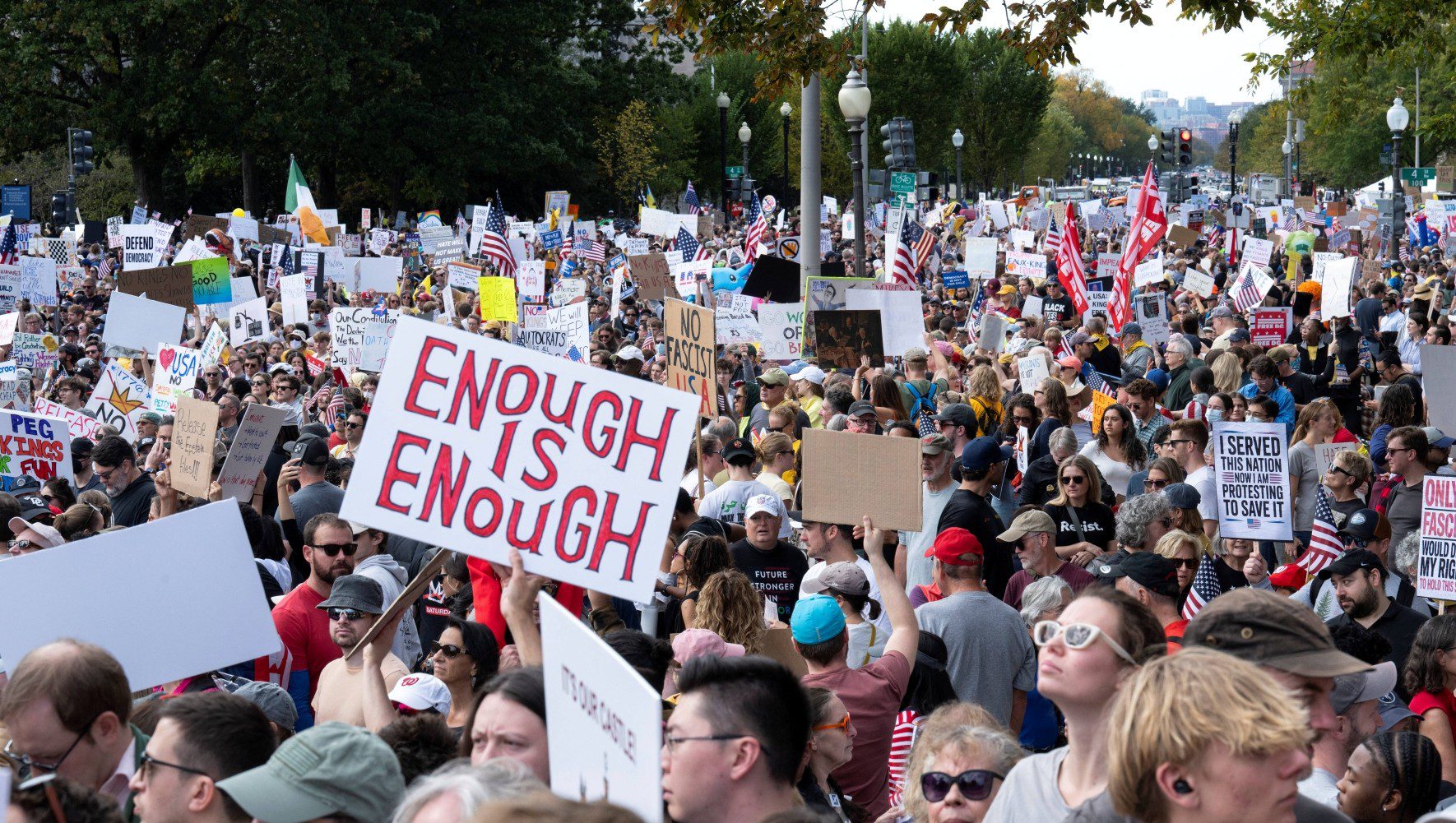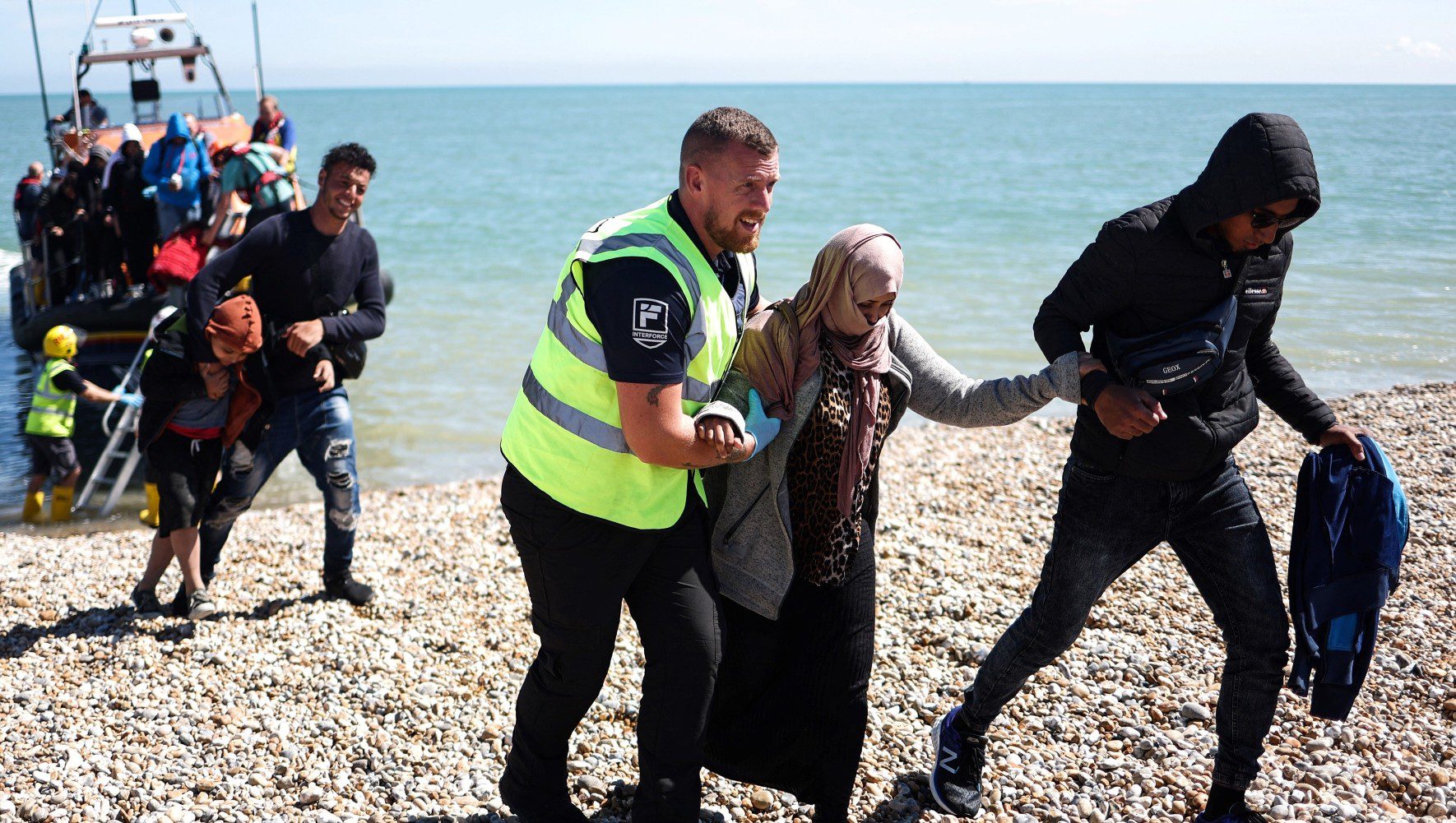Path to Genocide: An Exhibit on the Rohingya Explained
By Sharon Samber, HIAS.org
Sep 23, 2020

Rohingya arrive in Bangladesh after crossing the Burmese border in September 2017. They walked for days to escape the violence that destroyed their families and homes.
(Greg Constantine)
The story of the Rohingya, a Muslim ethnic minority in predominantly Buddhist Burma, is full of violence, trauma, and loss. Yet the U.S. Holocaust Memorial Museum’s new online exhibit, titled “Burma’s Path to Genocide,” features images of Rohingya with friends, in school, and with their families.
“We were always thinking of how people would have wanted to be remembered,” said the exhibit’s curator, Greg Constantine, during a Sept. 9 webinar hosted by HIAS and the museum.
The exhibit shows how the now-stateless Rohingya went from citizens to outsiders to victims of genocide. When more than 740,000 Rohingya people fled across the border after the 2017 Burmese military crackdown they went to Bangladesh, joining more than 300,000 other Rohingya refugees who had fled persecution in decades past. The refugee camps in southeastern Bangladesh are now, collectively, the largest in the world.
Constantine, an independent documentary photographer who began chronicling the Rohingya in 2006, said he struggled with how to show the level of violence against the Rohingya while preserving their voices.
A section of the exhibit is dedicated to the personal stories of nine members of the Rohingya community who lived in the village of Maung Nu, one of hundreds of villages the Burmese military attacked in August 2017, destroying their homes, schools, and mosques. Up to 100 people were killed in Maung Nu.
Ayub, a Rohingya man, is quoted in the exhibit saying, “It will take us a hundred years to get back the life we had been living since our forefathers.”
HIAS is part of the Jewish Rohingya Justice Network, a consortium of 28 Jewish NGOs, including representatives of all four major branches of American Judaism, formed in the wake of the 2017 massacres.
“The American Jewish community feels passionately about this,” said Naomi Steinberg, HIAS’ vice president for advocacy.
In a recent op-ed, HIAS and the American Jewish World Service called on American Jews to demand that the U.S. lead the international community in defending the Rohingya and ensuring their full rights. The network is pushing for decent living conditions in the refugee camps, the restoration of Burmese citizenship for Rohingya people, and allowing Rohingya participation in upcoming Burmese elections.
During the webinar, Andrea Gittleman, the senior program manager of the Simon-Skjodt Center for the Prevention of Genocide at the museum, noted the need for the international community to formally designate Burma’s campaign against the Rohingya people a genocide.
Elisha Wiesel, the son of Holocaust survivor, humanitarian, and Nobel Peace Prize recipient Elie Wiesel, told the webinar participants that one can’t look away from those in need.
“We in this generation need to do what we can to choose life and hope and to ease suffering, not because of the Holocaust, not because of terrible things done to us, but because of our values,” he said.


